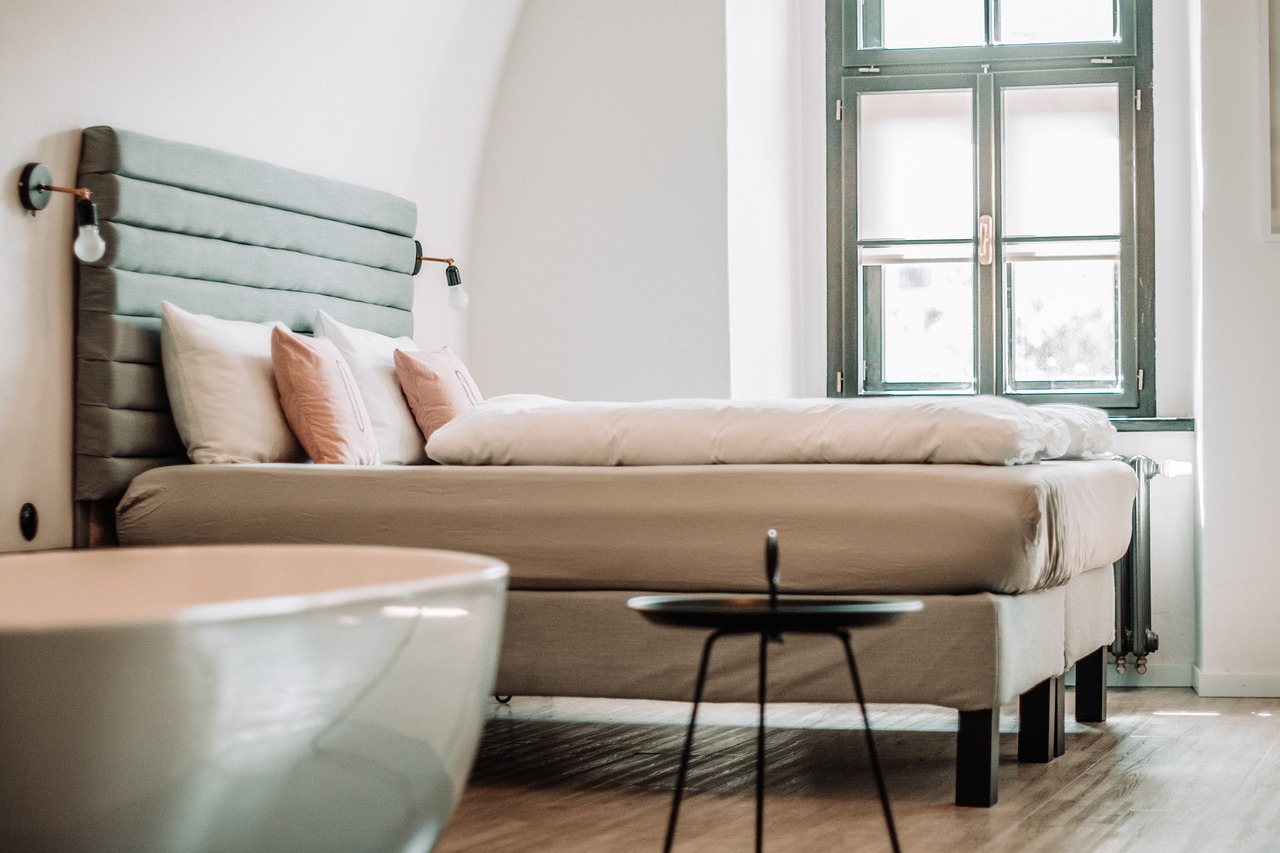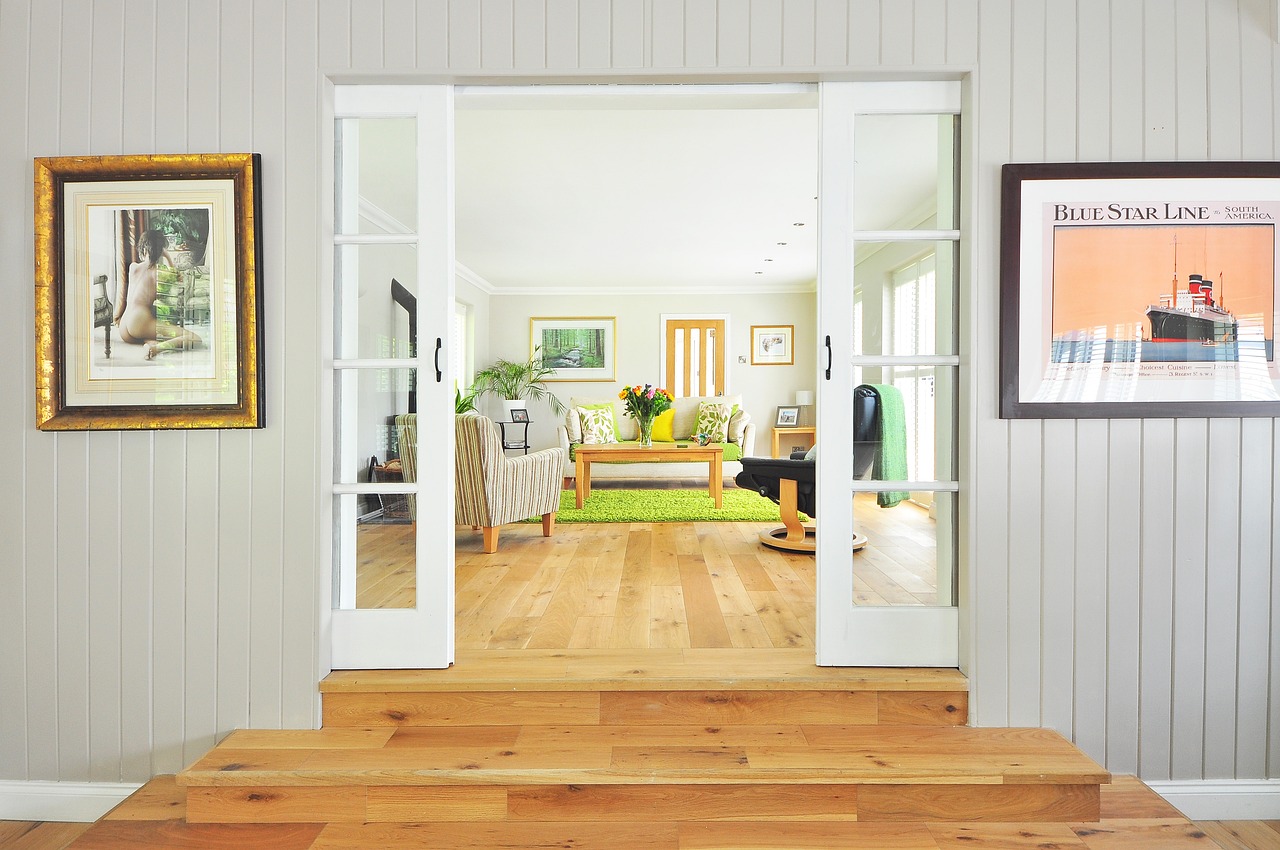Your bedroom is more than just a place to sleep—it’s your sanctuary, your retreat from the chaos of daily life. Designing it in a way that maximizes comfort can significantly impact your well-being and overall happiness. Whether you’re a homeowner looking to revamp your space or an interior design enthusiast seeking new ideas, this guide will offer you practical tips on creating a cozy, comfortable bedroom.
Why Comfort Matters
Before we dive into the specifics, let’s explore why comfort in your bedroom is so important. A well-designed, comfortable bedroom can:
- Improve sleep quality
- Reduce stress levels
- Enhance mental clarity
- Provide a space for relaxation and rejuvenation
Step 1: Choose the Right Bed and Mattress
Focus on Support and Comfort
The bed is the centerpiece of your bedroom, so investing in a good mattress is crucial. Look for a mattress that offers adequate support and aligns with your sleeping preferences—whether you prefer firm, medium, or soft surfaces.
Consider the Bed Frame
Your bed frame should not only complement the room’s aesthetic but also support the mattress properly. Opt for sturdy materials like wood or metal, and consider options with built-in storage if you need extra space.
Step 2: Optimize Your Layout
Create a Focal Point
Position your bed in a way that makes it the focal point of the room. This not only enhances visual appeal but also makes the space more inviting.
Ensure Easy Movement
Arrange furniture to allow easy movement around the room. Avoid cluttering the space with unnecessary items; instead, focus on essential pieces that contribute to functionality and comfort.
Step 3: Choose a Calming Color Palette
Colors can greatly affect your mood and comfort levels. Soft, neutral tones like beige, gray, and pastels are known to create a calming atmosphere. Avoid overly bright or dark colors, which can be jarring and affect your ability to relax.
Step 4: Invest in Quality Bedding
Sheets and Pillowcases
High-quality sheets and pillowcases can make a world of difference. Look for materials like Egyptian cotton or bamboo, known for their softness and breathability.
Pillows and Comforters
Select pillows that support your neck and head properly. A good comforter or duvet can also add to the coziness of your bed. Consider options that are suitable for the season—lighter fabrics for summer and heavier ones for winter.
Step 5: Control Lighting
Natural Light
Maximize natural light during the day by using sheer curtains or blinds. Natural light can boost your mood and make the space feel more open.
Artificial Lighting
For nighttime, opt for soft, warm lighting. Use multiple light sources like bedside lamps, floor lamps, and wall sconces to create a layered lighting effect. Dimmable lights are also a great option for adjusting the ambiance.
Step 6: Incorporate Personal Touches
Decor and Accessories
Personalize your space with decor and accessories that reflect your style. This could include artwork, photographs, or even a cozy reading nook.
Plants and Greenery
Incorporate plants to bring a touch of nature into your bedroom. Not only do they purify the air, but they also add to the room’s tranquility.
Conclusion
Designing a comfortable bedroom involves careful consideration of various elements—from choosing the right bed and mattress to optimizing your layout and selecting a calming color palette. By focusing on these aspects, you can create a space that not only looks beautiful but also offers a sanctuary for relaxation and well-being.
Ready to transform your bedroom into a haven of comfort? Start by implementing these tips today and enjoy the benefits of a well-designed, cozy space.
—
Feel free to ask any questions or share your own tips in the comments below. Happy decorating!



